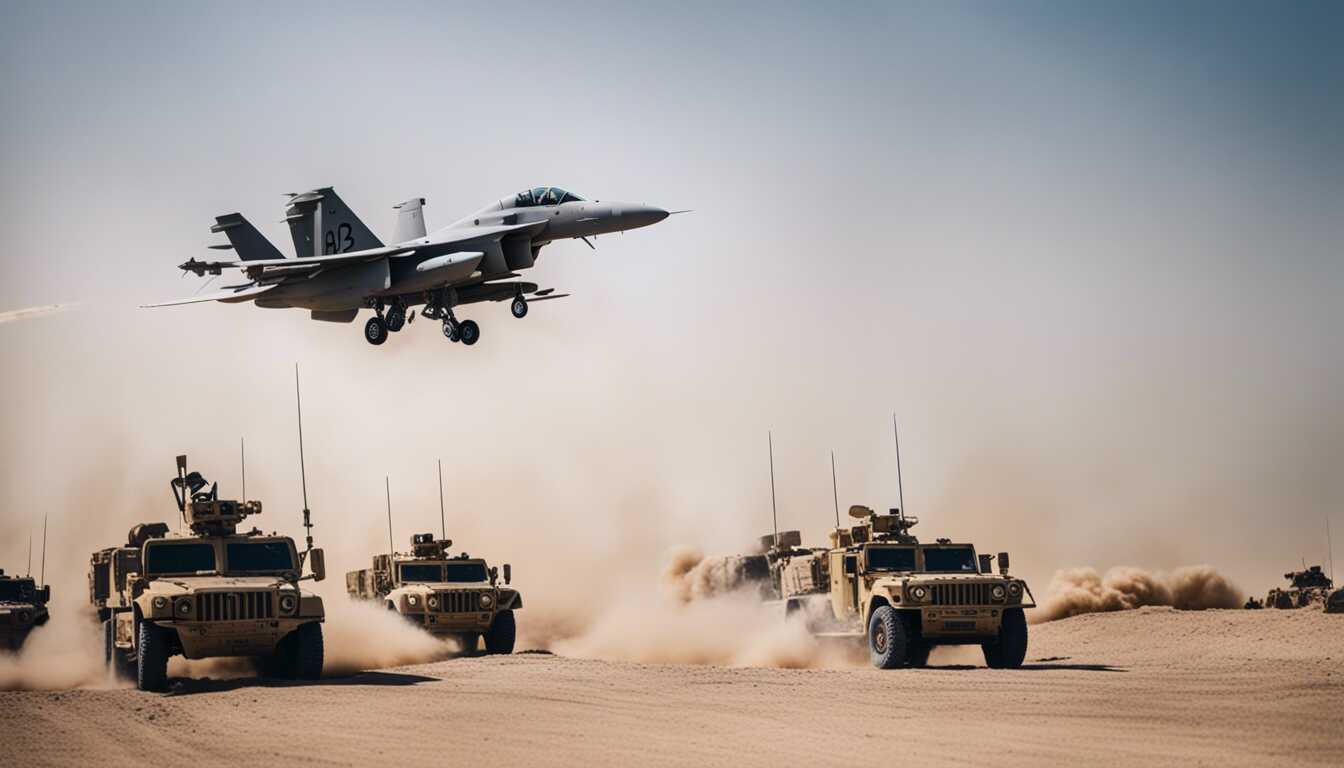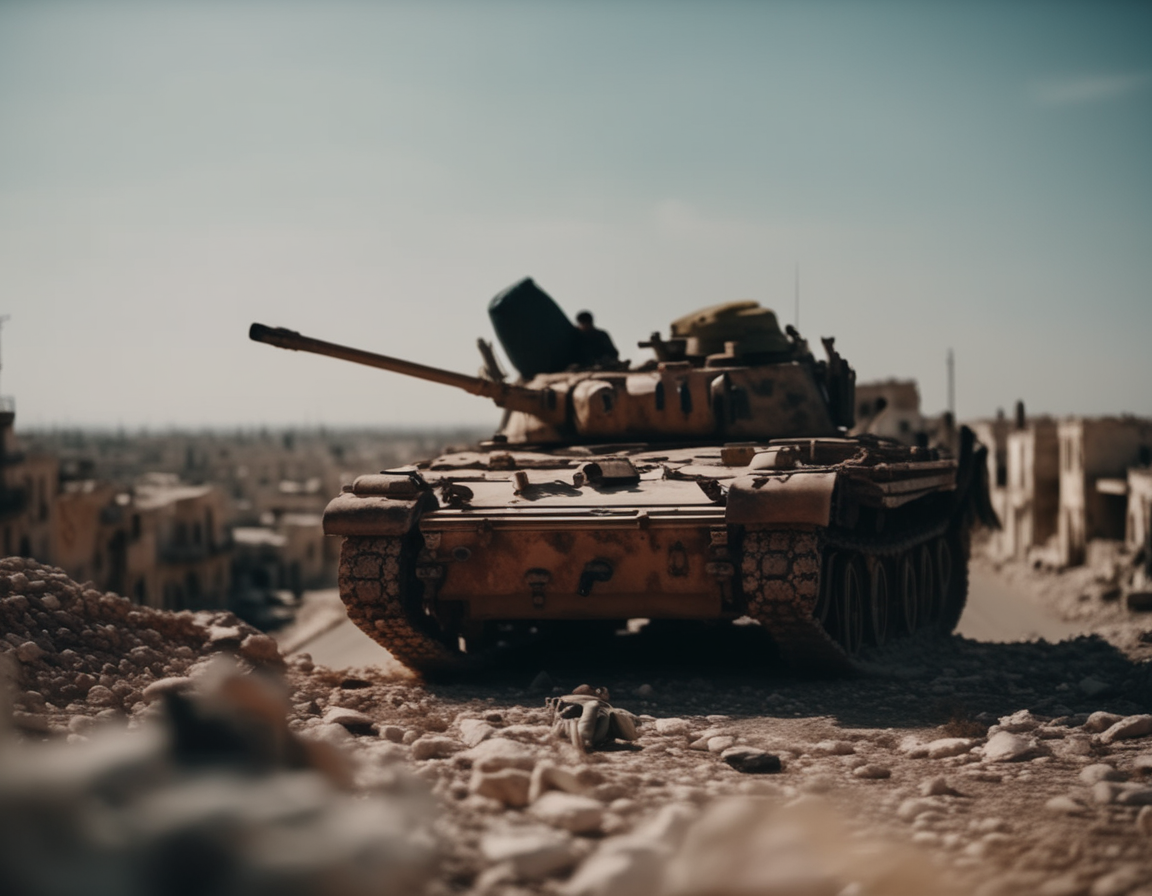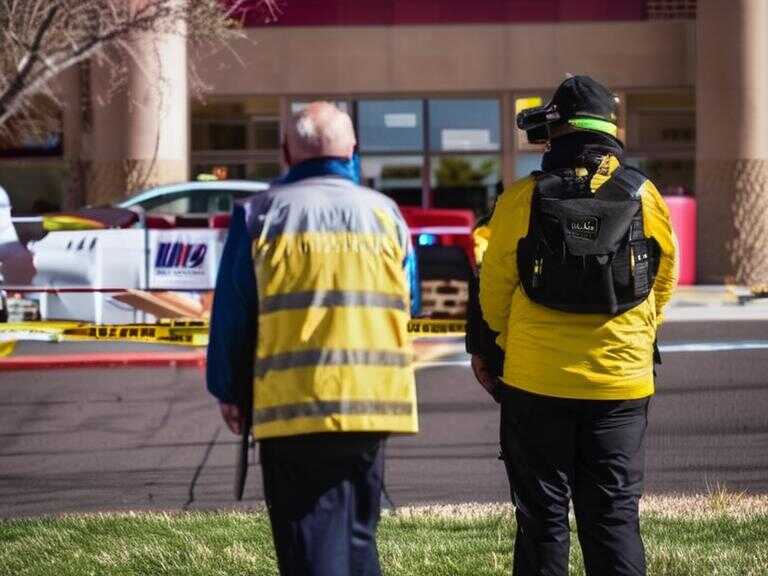
UAE Limits U.S. Retaliatory Airstrikes Against Iran Proxies

The United Arab Emirates and other Arab nations are imposing restrictions on the United States' ability to launch retaliatory airstrikes against Iranian proxies. This shift in policy has been prompted by a desire to balance their citizens' sentiments toward Israel and avoid provoking Iran, according to sources familiar with the matter. The restrictions affect the U.S.'s capacity to respond to attacks in Iraq, Syria, and the Red Sea, and are in response to escalating civilian casualties in Gaza and increasing attacks by Iran-backed militias. The UAE, in particular, is seeking to distance itself from appearing too aligned with the West and Israel due to public opinion concerns.
Complex Dynamics in the Middle East
The United States has historically stationed thousands of troops in facilities across the Middle East, including the UAE, Kuwait, Oman, and Qatar. However, this support is now being re-evaluated by certain Arab countries, leading to limitations on U.S. military activities on their soil.
The UAE, home to the Al Dhafra Air Base, which hosts U.S. aircraft engaged in regional operations, including fighter aircraft and reconnaissance drones, is at the center of this development. While the Pentagon maintains the capability to deploy additional assets to support regional deterrence efforts, the restrictions imposed by Arab countries present challenges to U.S. military operations in the region.
These limitations on U.S. activities also extend to the disclosure of information about the aircraft types used in retaliatory operations against Iranian proxies. Furthermore, the ongoing conflict in Yemen has complicated overflight access in the region, as evidenced by previous warnings issued by the Federal Aviation Administration regarding aircraft operations over the Persian Gulf and the Gulf of Oman.
Despite these challenges, the U.S. military continues to assert its global strike capability and flexibility to respond to threats, with the recent deployment of long-range B-1 bombers from South Dakota and F/A-18 fighter jets from the aircraft carrier USS Dwight D. Eisenhower. This serves as a demonstration of the U.S.'s ability to swiftly and decisively respond to security challenges in the region.
Share news















